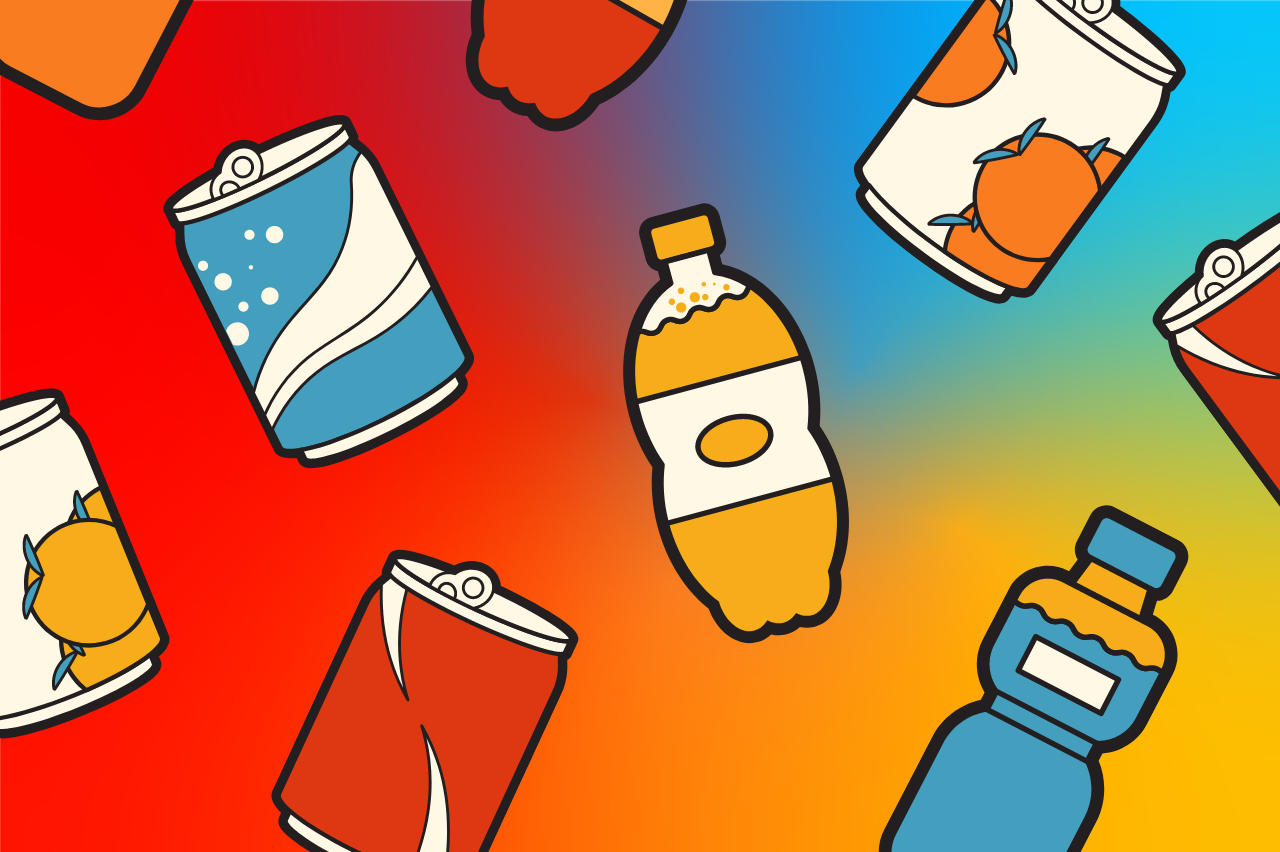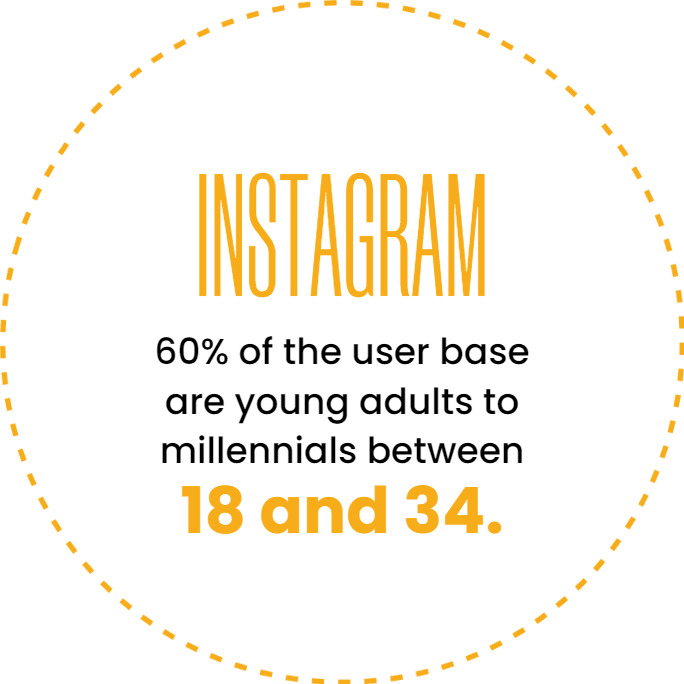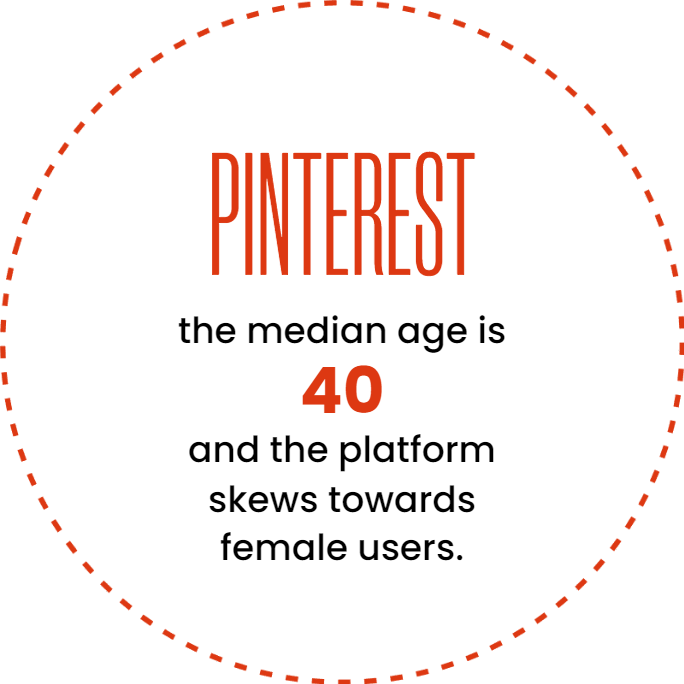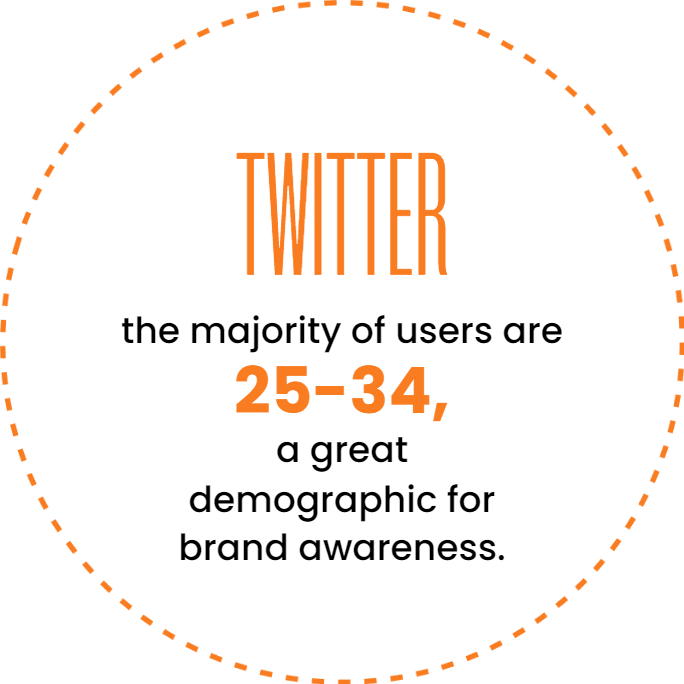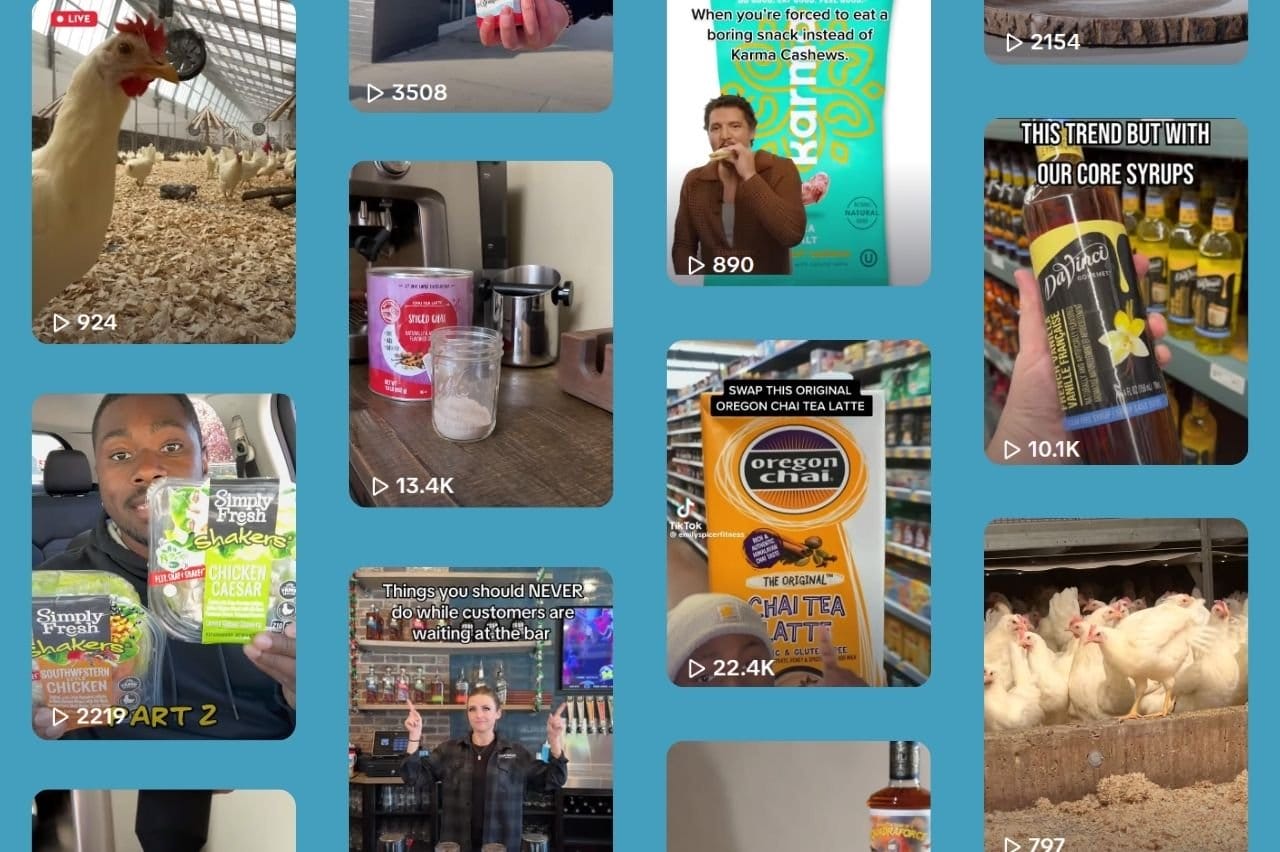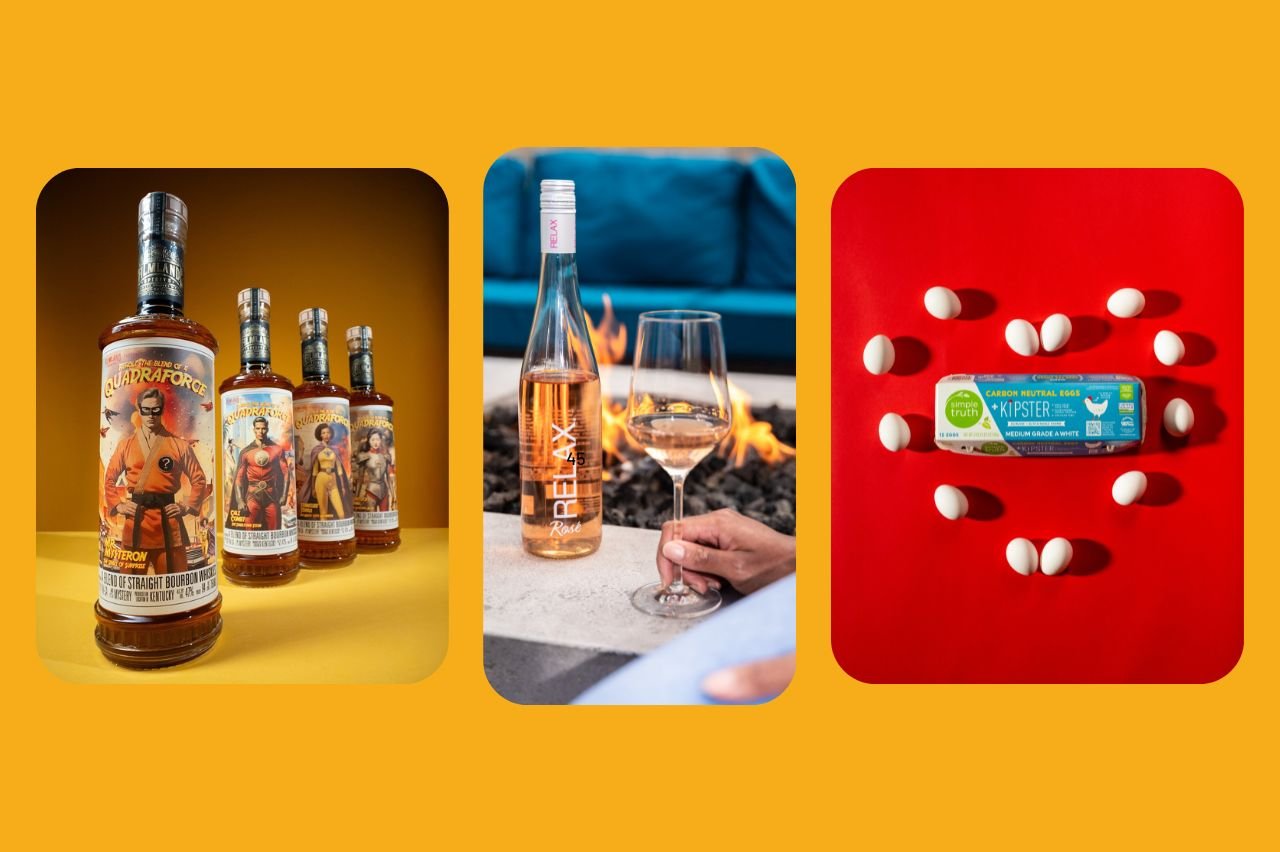4 Ways Beverage Brands Can Optimize Their Social Media
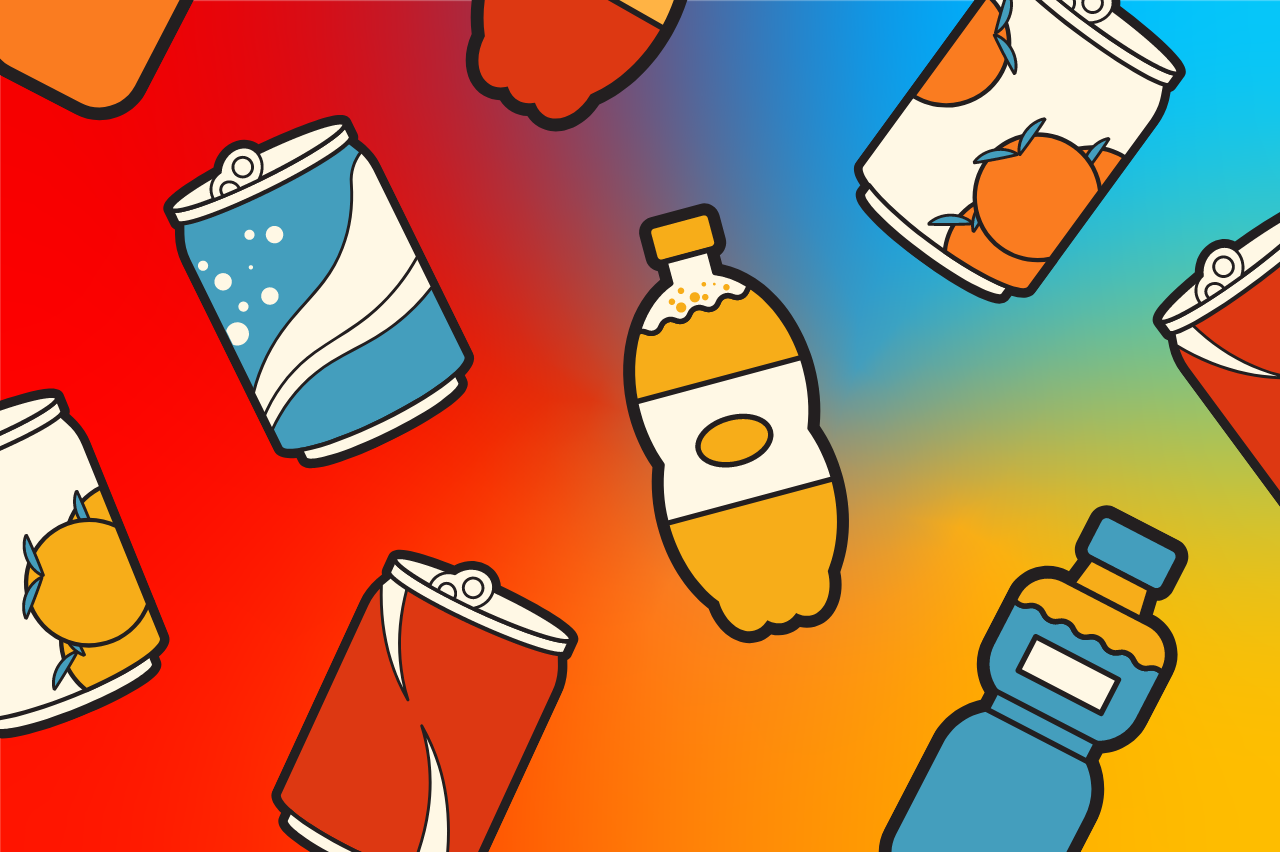
In order to reach a larger audience and partake in real-time engagement, social media is an essential component for brands in the beverage industry.
For beverage brands, social media presents an opportunity to connect with the intended target audience, build brand awareness, and increase sales.
>
“Revenue in the beverages segment is projected to reach $78.6 billion this year, with a growth rate of 15.24% blossoming the projected market volume of $138.6 billion by 2027. ”
Revenue in the beverages segment is projected to reach $78.6 billion this year, with a growth rate of 15.24% blossoming the projected market volume of $138.6 billion by 2027. Most of that revenue is expected to be generated domestically in the United States.
Whether it’s Facebook, YouTube, Pinterest, or Instagram, beverage-related content is at an all-time peak. The turn of the decade saw a massive shift to online purchasing; within the last three years, there has been a 39.3% increase in beverage sales.
Here are some ways beverage brands can optimize their social media channels to take advantage of the coming industry growth:
Communicate your identity
Ensure social media profiles reflect the brand’s identity. Superficially, this includes administering universal brand colors, logos, and messaging across all platforms. Consistent branding helps customers to recognize the brand and builds trust. It also ensures that the brand remains top of mind when customers are looking for a beverage to purchase. According to WebFX, a style guide will build a positive impression with the audience and assist in a cohesive browsing experience.
Usually when it comes to beverage marketing, the brighter the better. After all, a product has one-twentieth of a second to grab the consumer’s attention. Richer colors communicate key attributes, increase memorability, and boost engagement.
On a deeper note, ensure that the values of the brand come through – as well as the voice and tone. So the social presence of the brand reflects the brand’s personality and overall approach.
Create compelling content
Check content pillars by building branded content types the social media team can use to keep the page engaging and interactive. This keeps content fresh, on-brand and prevents it from becoming stale. Content pillars that work well for beverage brands include recipe videos, UGC, product images, informational carousels, and so much more.
Brands should also encourage customers to share their experiences with their purchases on social media. This can be done by creating a branded hashtag and encouraging customers to use it when sharing their photos or stories.
>
“49% of consumers depend on influencer decisions.”
Usually, users are eager to share their recipes or aesthetic pictures online. Beverage brands capitalize on this by utilizing UGC, publishing recipe videos, and visually appealing content. In fact, as per the Digital Marketing Institute, 49% of consumers depend on influencer decisions. In other words, word of mouth is incredibly efficient and influential in the consumer journey. Authentic offerings build trust.
On Pinterest, the platform uses a built-in algorithm to determine the biggest trends based on consumer insights. For example, this year, drink recipes and mocktails are heavily trending. In particular, the “free spirits” trend is for those who want to drink, but don’t want to consume alcohol.
Establishing credibility on the platform is a must by satisfying the following qualities: website, reactions to pin, creating quality content, and relevance.
Platform selection
One of the best parts of beverage marketing: it’s fairly adaptable across all platforms. Generally, Facebook, Instagram, Pinterest, and Twitter are popular outlets for beverage brands.
For beverage brands looking to pick the best platform, they should consider their target audience and which platform their target audience spends the most time on. The demographics are as follows:
Across these channels, it’s best to post consistently, but not too often. Quality is more important than quantity. Aim to post at least three times a week and up to once daily, but no more than three times daily on each platform.
According to LinkedIn, 32% of all Tweets mention beverage brands. 6 out of 10 of the most popular brands on Facebook are in the food and beverage industry. Around 86% of millennials turn to YouTube for guidance on topics like preparing meals or drinks.
Most popular social media platforms help beverages connect with an audience and share information about their business.
Analytics & Tracking
Track the performance of content and campaigns. This includes tracking the number of likes, comments, shares, and followers. Use metrics like engagement rates, click-through rates, and conversion rates to measure the success of your social media marketing. Set goals and track your progress regularly; Firebelly recommends Sprout Social for this.
>
“91% of online shoppers claim positive reviews make them more likely to purchase a product and consider online reviews as the second most trusted source of information for their buying decision.”
Beverage marketing tactics involve striving for higher customer satisfaction. BrightLocal says an estimated 91% of online shoppers claim positive reviews make them more likely to purchase a product and consider online reviews as the second most trusted source of information for their buying decision.
Of course, negative reviews will be published, but beverage marketing can reverse this by responding directly to the reviewer, validating their feelings, and focusing on resolving the issue.
We at Firebelly Marketing are passionate about beverage brands. To learn more about how to improve your beverage social media marketing strategy, contact us today.

